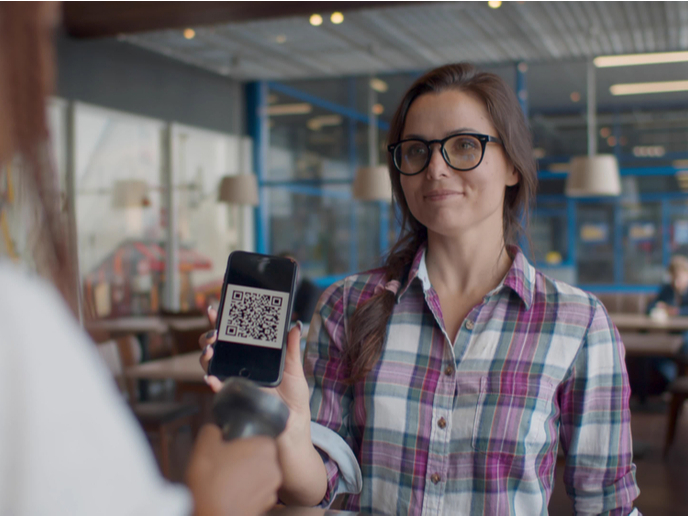Grid users reassured about the origin of data
The grid consists of a very large number of hardware and software. To be able to deal with such a complex environment, users usually see the grid through a portal or some other user interface. However, the hidden complexity may be a source of unexpected and unwanted surprises. In light of this, the Provenance project investigated a concept which is well understood in the study of fine art and refers to the trusted, documented history of an art object. Given that documented history, scholars can understand and appreciate its importance relative to other works of art. The same concept was applied to data and information generated within grid systems. The ultimate aim was to transform the applications that produce data and information into so-called provenance aware applications that produce a detailed description of their execution. Such descriptions will be stored in a so-called provenance store, which is a repository for the storage and management of all process documentation. Making grid systems provenance aware would enable users to trace how a particular result has been arrived at by identifying the individual and aggregated applications that produced a particular output. In support of this vision, the Provenance partners designed an architecture that allows applications to interact with each other by exchanging messages. This is achieved by decomposing applications into actors that perform a specific functionality and have access to information. The interactions between application actors are mapped out, revealing the information flow through the application. This approach was used by the Provenance partners to develop provenance aware systems for handling patient healthcare records. The distributed and heterogeneous nature of healthcare institutions results in disconnected information islands which hinder the treatment of patients. It is not uncommon for doctors to depend on the patients themselves in order to find and include relevant data from previous treatments and tests. Making healthcare services provenance aware enabled medical professionals to easily find the reason why certain procedures were followed in a treatment. The new technology helped manage the information needed to guarantee improved healthcare services for the increasing senior population requiring personalised assistance. This software implementation of the new architecture has made it possible to capture and exploit provenance. The Provenance partners' hope is that this architecture will facilitate the growth of grid-based applications by explicitly tackling the problems of trust, accountability and compliance.







